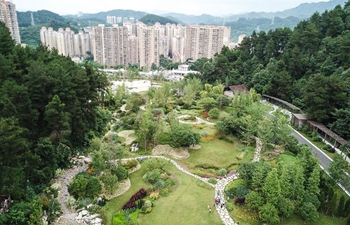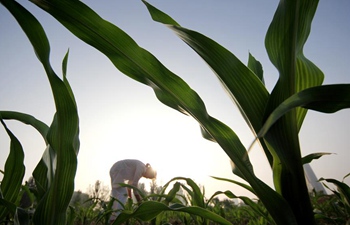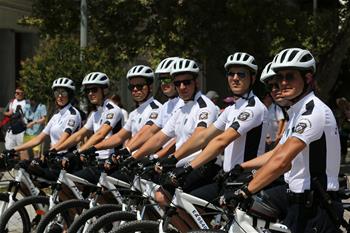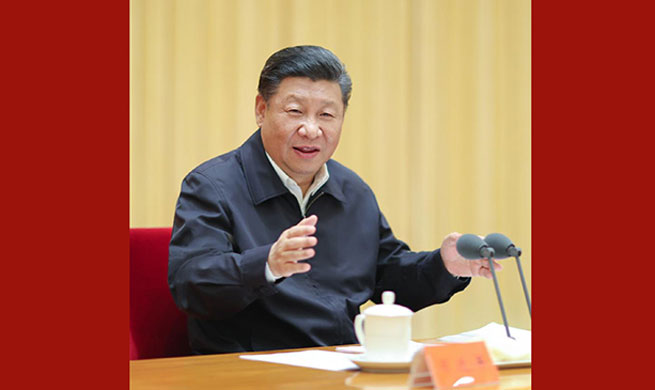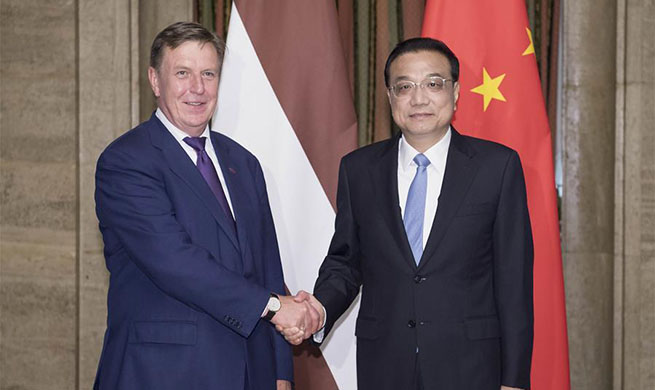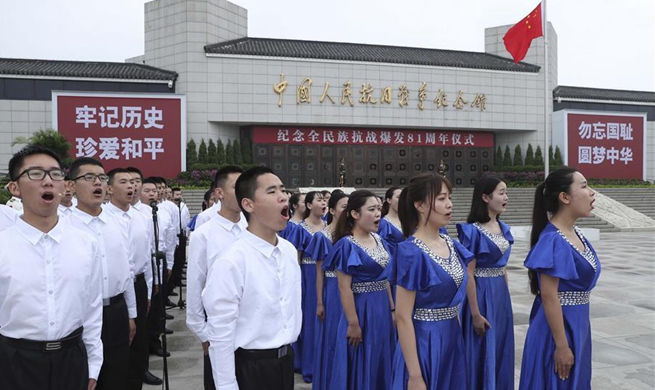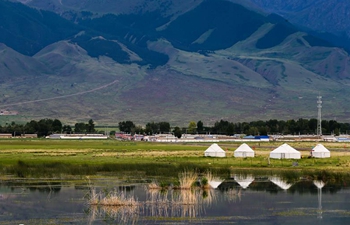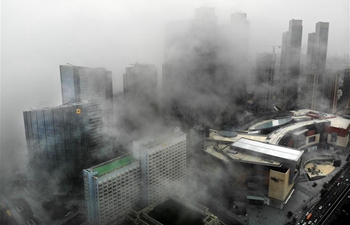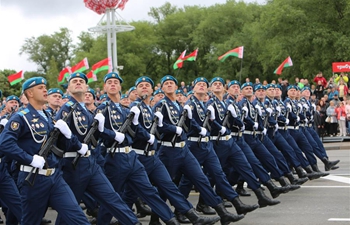BUENOS AIRES, July 7 (Xinhua) -- Argentina's middle income trap can only be overcome by improving the productive structure as a way to ensure economic growth, an Argentine expert has said.
Argentina made headway in recent years in upward social mobility, but to maintain progress and continue moving forward, production levels must be improved, Martin Burgos, director of economics at the Cultural Center for Cooperation in Argentina, said in a recent interview with Xinhua.
"The distribution of income is closely related to the productive structure, that is, if the productive aspect does not improve, it's unlikely that the distributive aspect will improve," the expert said.
While other measures, such as living off foreign debt, will make an economy temporarily viable, "for there to be long-term upward mobility, there must be more companies, more production and more development," he said
The government has lowered its official forecast for Argentina's growth in 2018 from 3 percent to 1 percent, citing severe economic imbalances, which have exacerbated especially in the past two months.
Exchange rate volatility and a decline in soybean production, one of the main drivers of the Argentine economy, caused by a drought are the two most important factors that lead to the downgrade of the forecast, said Burgos.
Despite what is said above, Burgos noted that the country "has been able to experience upward mobility in the short term." He mentioned in particular the improvement in income distribution as well as the increase in employment and wages since 2001, which resulted in an expansion of the middle class.
According to data from the National Statistics and Census Institute (Indec), 1.9 million people rose above the poverty line in 2017, reducing the poor population by 4.6 percent from the previous year.
Currently, 25.7 percent of Argentina's total population is considered poor, living on an average household income of 3,693 pesos (around 130 U.S. dollars) every month, according to the latest Indec report on income distribution.
By contrast, the average monthly income of the middle class is 9,563 pesos (roughly 341 dollars), while the wealthier people earn between 25,501 pesos (about 910 dollars) and 384,000 pesos (about 13,681 dollars) per month.
In other words, Argentina's wealthiest 10 percent earn more than 120 times the income of the poorest 10 percent, and 35 percent of households earn an income that falls below the poverty line, Indec reported.
Agustin Salvia, director of the Social Debt Observatory at the Catholic University of Argentina (UCA), said that to overcome both the middle-income trap and poverty, Argentina needs both tax policies and improvements in education and employment.
"We need tax, labor and fiscal reforms. But they must be accompanied by policies that encourage the internal market and support the development of small and medium-sized enterprises," he said.
Echoing that observation, Burgos said it is essential to "review tax issues, as one of the main sources of revenue is the regressive value added tax."
He said the fact that those who earn almost 3,500 dollars per month pay the same price for a toy as those who earn 10 times less demonstrates "a distributive aspect that puts the brakes on the upward mobility because it primarily affects the income of the most vulnerable."





